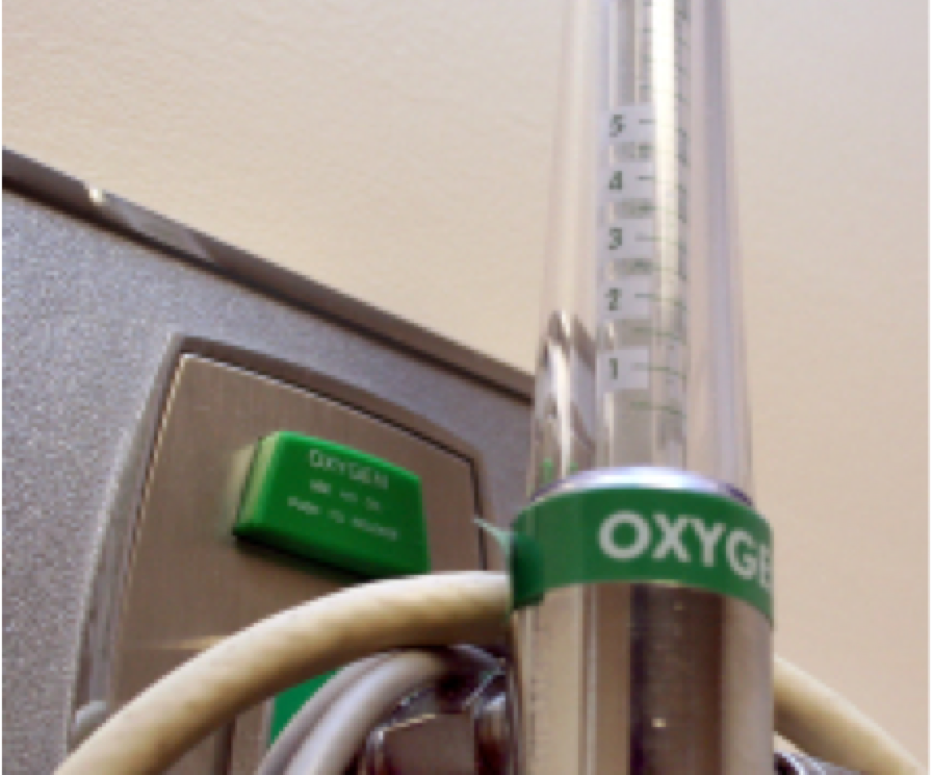
COPD or cardiopulmonary obstructive disease affects a large percentage of americans and people around the world. This is a common disease associated with those who have a long standing habit of smoking. As a result it has there is a stigma behind those who have this disease. Healthcare professionals entire job is to not just help the sick get better but also to help individuals make better healthcare decisions on their own.
Doctors and nurses are guilty of blaming the patient for their disease of COPD. As a result this has led to those suffering from COPD to receive less attention than other patients that have chronic diseases that are admitted to the hospital. Other things to be mentioned is although COPD is the third leading cause of death in the USA there is little evidence based research on how to actually treat the disease.
Statistics show that although the majority of people who have COPD had a long history of smoking, 25% of individuals with COPD have no history of smoking. Many providers who have a COPD patient who says they didn’t smoke often don’t believe the patient. These patients are often influenced to feel a sense of blame for their condition and feel even worse if they are unable to quit smoking. Having a sense of blame or guilt does not help in the recovery process of a disease. In fact, this often leads to patients trying to disguise their symptoms or not seek after the treatments that they need to maintain the disease. This is particularly true if the patient is still smoking.
Oxygen for COPD patients
Currently some practitioners have become more aware of the stigma that follows COPD patients and have been conducting more research related to treatments. Research findings show that taking both beta agonists and corticosteroids together results in 8% fewer deaths and hospitalizations of the COPD patients. An 8% difference is a significant marker for a treatment regimen that can easily be implemented by a healthcare provider. Even better findings are related to those who had a history of both COPD and asthma. Those that suffered from both of those diseases had a 16% less chance of hospitalization or death.
We all recognize the primary problem being smoking but addiction is a powerful thing and many who begin smoking at a young age don’t understand or appreciate the long term affects of their decisions. Understanding this can help healthcare providers empathize with smokers and be additionally motivated to treat and cure patients with the disease.
COPD often leads to respiratory difficulty that leads to cardiac arrest and even death. Much of the efforts made by physicians in saving the lives of those that have COPD in the end stages include the use of the ACLS certification training. ACLS online certification training is available to anyone who wants to learn how to treat these individuals. Fortunately pediatric patients rarely suffer from COPD so healthcare professionals who take care of COPD patients may not require PALS certification online but they will need BLS certification.